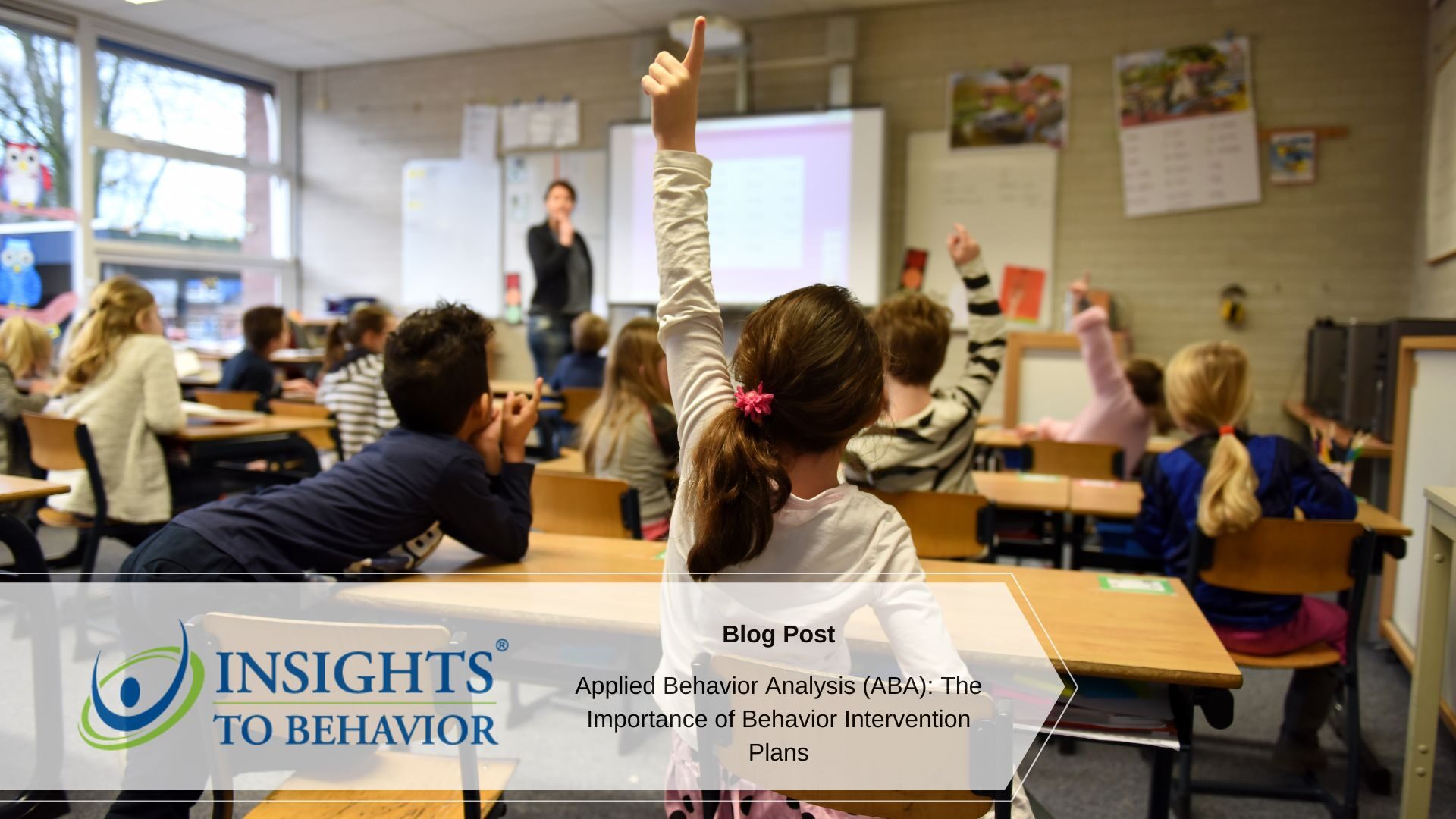ABA. It stands for Applied Behavior Analysis and has helped people combat their disabilities and other mental issues for decades.
With autism alone, about 1 in 44 children stand to be born with it.
People with autism and other mental disabilities can experience great benefits from behavior analysis.
What is ABA? What do they do to help children with autism? Where do behavior intervention plans come into play?
Here is your guide.
What Is ABA?
As described above, ABA stands for Applied Behavior Analysis. This means that people who practice ABA are committed to learning behavior and studying it to see what can be improved.
How this type of analysis works is therapists will study the behavior and figure out which behavior is concerning for patients. Then, they will try to communicate with a patient to try something different.
Slowly but surely, the therapist will push the boundaries of the patient and they can even learn life skills from doing so. The key to this is positive reinforcement, where the therapist rewards good behavior and discourages bad behavior from the patient.
So, how do they do this? Well, therapists have to come up with a behavior intervention plan, which we will describe the process of below.
Steps to Behavior Intervention Plan
Before a behavior intervention plan can be made, a therapist needs to research what behaviors are wrong with a child and why they are committing such behavior. So, how do they do that?
Interviews
The first thing that a therapist needs to do is conduct an issue to get a better idea of what kind of child or patient they are dealing with. This allows them to see what lines up, and what they need to figure out for themselves, and it can help them get closer to the root of that behavior.
One person the therapist will have to interview is the patient themselves. Talking to them could potentially get them to open up about the behavior. At the very least, it could determine how much work needs to be done with communication and get a better idea of why the behavior is happening.
Then, a therapist will talk to either a teacher or a school counselor in the case of a child. They can get a less biased perspective about their behavior here and get an idea of what it is like dealing with the patient in a public environment.
How good are they with instructions? How often are they a distraction in the classroom? Are social cues the main concern in the classroom?
This can help a therapist get a good idea of how a teacher views this student and what they are noticing from other kids they are surrounded by.
Finally, a therapist can interview the parents. They can get an idea if the parents get along, the main things the parents want a therapist to address if they are a potential issue, and more.
Seeing Home Life
Another thing that a therapist needs to do is see the home life. For at least one day, they will observe the normal routine that a child has.
This is key because this is a child’s most natural environment. It is where they are themselves and you will get the rawest form of behavior.
From here, a therapist can get a much better picture of what their real behavior is like. They can also get a better idea if siblings are an issue, if parents have a negative impact on the house, and if financial struggles are playing a part in the family dynamic.
If the latter two are happening, it can cause a direct negative effect on the child. Observing allows a therapist to see all of the possible issues.
Applying the Behavior Intervention Plan
Once the above is done, it is time to apply the behavior intervention plan. A therapist will write down all of the behavior they want to change in a child and come up with essentially a lesson plan to teach them how to change this.
A big part of this is positive reinforcement.
For example, let’s say that a therapist wants a child to clean up after themselves. They want them to put all of their toys back in the boxes on the shelf that it belongs to.
A child may resist at first and give them a hard time. However, once a child finally does this, there will be some sort of positive reinforcement.
In most cases, this is a small reward. A therapist may allow the child five minutes of free play later or give them a gold star and let them save enough to get a small reward later.
Therapists will also talk to the parents at this stage and describe each part of the process on what they are going to do to intervene in this behavior. They would also tell parents if they are part of the problem at this stage and if they have to change anything.
Start Changing the Behavior
This is what you need to know when it comes to ABA and having a behavior intervention plan. It is essentially observing to see what is wrong with the child, coming up with a lesson plan to counter this behavior, rewarding it, and noting each step to loved ones.
In some cases, you can even do virtual learning in a virtual classroom with this applied behavior.
Is that something you might be interested in? Message us today and schedule a demo.




